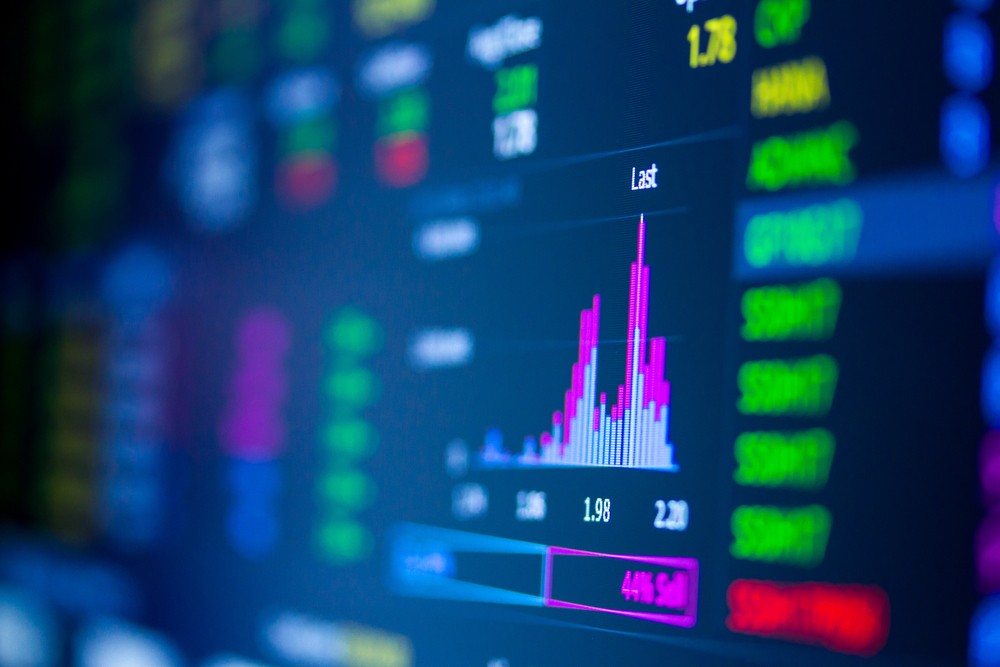The forex market is unique in many ways. For example, it doesn’t have a central regulator that is controlling all trades. It won’t be an -exaggeration to say that this market is not under the control of central power.
The situation is different when it comes to stock markets. Markets have central exchanges that fulfill the orders and transactions. This is not the case for the forex market due to its decentralized nature.
To cut a long story short, traders are benefiting from this arrangement. Furthermore, there is no single price for a given currency at any time. Different quotes apply to various currency dealers.
As a result, traders have a lot of choices. As a reminder, forex is huge, and also there is no shortage of market participants. Thanks to fierce competition, it is possible to get the best deals for the trades.
Now, let’s discuss forex market participants. As mentioned above, there are many participants, but let’s have a look at the main participants: investment and commercial banks, central banks, retail traders, and hedge funds.
It is important to keep in mind that the forex market not in spite of its decentralized nature, but thanks to it.
-
- Interested in Forex Trading? Read WiBestBroker’s comprehensive review on Trade360.
The biggest volume of currency is traded with the banks. Collectively, we refer to this as the interbank market. This is a market where banks trade currencies with one another through various networks. The history of the interbank market relates to the Bretton Woods Agreement more precisely to the demise of this agreement.
Now it is time to back to the interbank market. Banks have their trading desks. The purpose of these desks is to facilitate forex transactions for their clients, even conducting speculative trades.
Banks earn money through bid-ask spreads. This happens when a client executes a trade.
Forex market, central banks and other participants
Central banks also play an important role when it comes to the forex market. They have to authority to set policies and programs to boost the country’s economy. Moreover, central banks are key players in the forex market.
Central banks are organizations that determine exchange rates. The exchange rates set by the central banks let the currency trade in the open market. These rates can be floating, fixed, or pegged types.
There are many reasons why central banks trade in the forex market. For example, one of the purposes is to oversee their forex reserves.
Another market participant is a corporation. Companies that operate in various countries can’t thrive without participating in the forex market.
Also, companies would like to protect their profits. Sometimes global companies also use trading strategies like hedging.
Let’s discuss the next participant, retail traders. They come in all sizes and shapes. Some of them are very rich, and on the contrary, others are thrifty.
However, these people represent the largest portion of the trading populace. Moreover, retail markets drive the market.
These are the main players in the forex market. Together, with decentralization, they make the market work by giving each entity a certain type of power.
Last but not least, except for the central banks, other participants are motivated by profit. Central bank’s primary focus is the economy.










COMMENTS